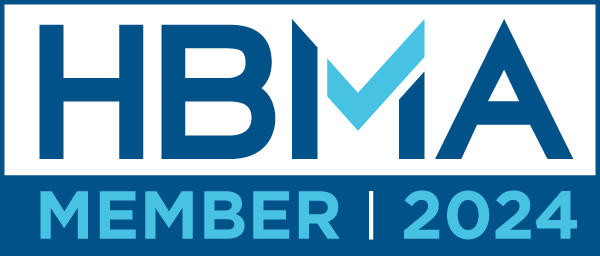How Technology Aids Patient Engagement
You may think that technology creates a barrier to patient engagement, but studies show the reverse to be true. Let’s start by acknowledging that patients in a growing percentage of the population are shouldered with medical debt.
In 2022, for example, the Kaiser Family Foundation reported that more than 100 million adult Americans (58% of the U.S. workforce) carried some medical debt; 12% had debt exceeding $12,000. In addition, medical debt has become the largest category in agency debt collections, with a staggering 46% of adults defaulting on some portion of their medical debt. Yes, government regulations have increased in an effort to provide financial relief and protection to those with medical debt. Yet, even as government oversight intensifies and consumer medical debt rises, the challenges of collecting guarantor balances prior to utilizing collection agencies continue to be complex, difficult, and expensive.
What can a medical practice do to help ease the financial burden? First, ensure patients understand their financial responsibility. A well-trained staff that proactively informs patients of what their insurance will cover, together with an estimate of what the patient will need to pay, is key to establishing patient awareness that helps patient payments. Second, invest in technology to enhance your business operations, support your office staff, and further patient engagement. Technology that improves patient communication and captures payment preferences is good business sense and offers an effective strategy for improving patient payments. The Business Research Company estimates that 60% of patient payments are now made online. Flexible, digital patient engagement can result in a significant improvement in patient satisfaction and improved receivables.
PHIMED’S practice management solutions offer billing agencies and providers comprehensive, integrated, and flexible options to enhance the patient experience, which ultimately leads to a cleaner A/R and happier patients.









